English fry up

Everyone knows nothing clears up a hangover like a full English but can they found in Madrid? Head to an irish pub and you’ll find they are on offer all day. But don’t expect to get a proper English cup of tea.
READ ALSO: Spain shudders over Benidorm's Full English Breakfast pizza
Huevos Rotos con jamon

Basically, fried egg, chips and ham – and the closest Spain has to a full English breakfast. You can’t go wrong with this one.
Churros
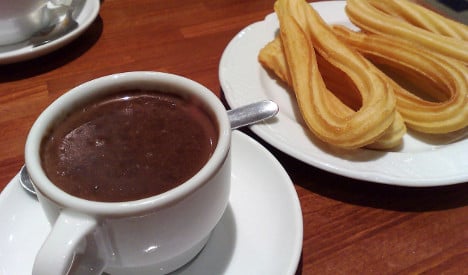
This is what Madrileños go for in the early hours on their way back from a night out. Hot crispy, doughy churros, sprinkled in sugar and dipped into a cup of thick chocolate. Only for those with a sweet tooth.
Tortilla
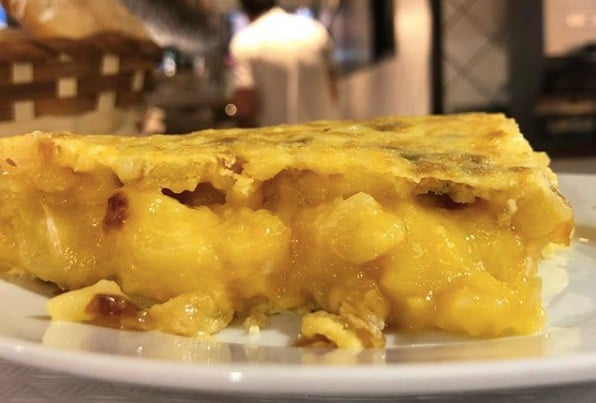
The Spanish classic. What could be better than egg and potatoes. Ideally served in a crusty white baguette!
It's official: Spain’s best tortilla is served at this Madrid bar
Calamari
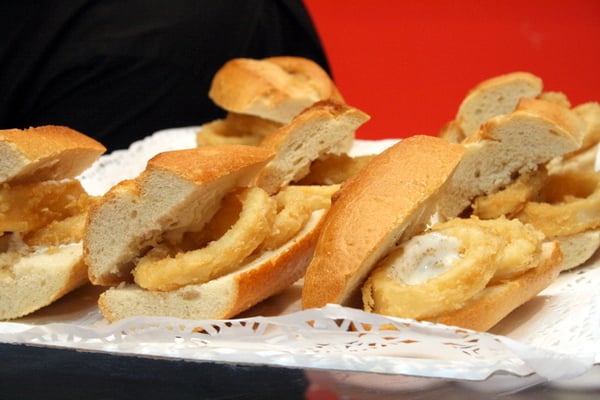
The Calamari sandwich – Bocadillo de Calamares – is a Madrid version of a fishfinger sandqich.. Squid, coated in batter and deep-fried then squished between a white baguette. Street food at its best!
Orejas
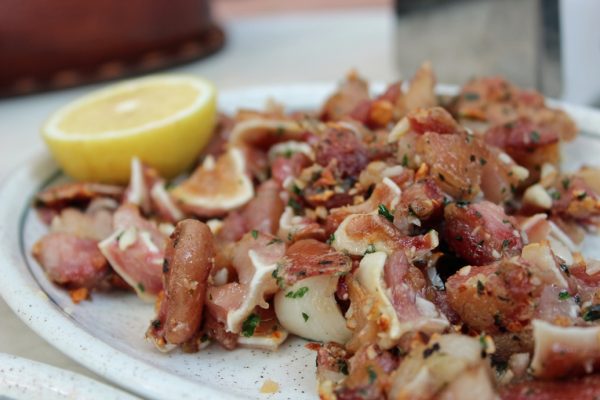
Photo: Devour Madrid
Not for the faint hearted this one. Oreja is crispy, crunchy and just a wee bit gristly. It’s pan fried pigs ears, sprinkled with salt and paprika and it’s delicious. A big step up on a pork scratching.
Champions League Final: Everything Liverpool and Spurs fans going to Madrid need to know

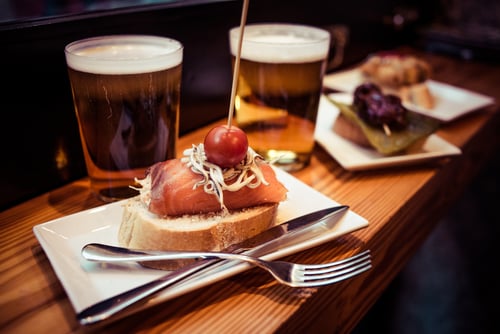
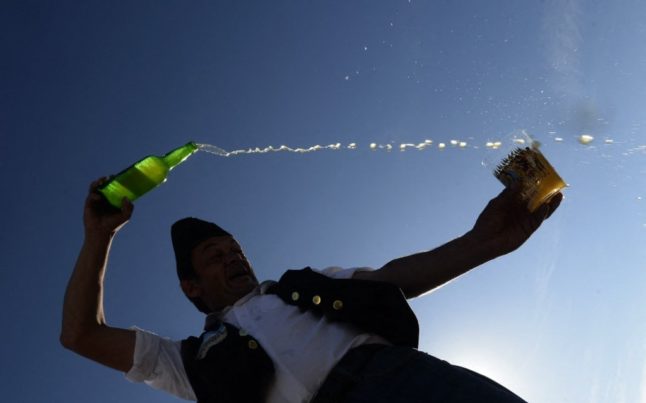

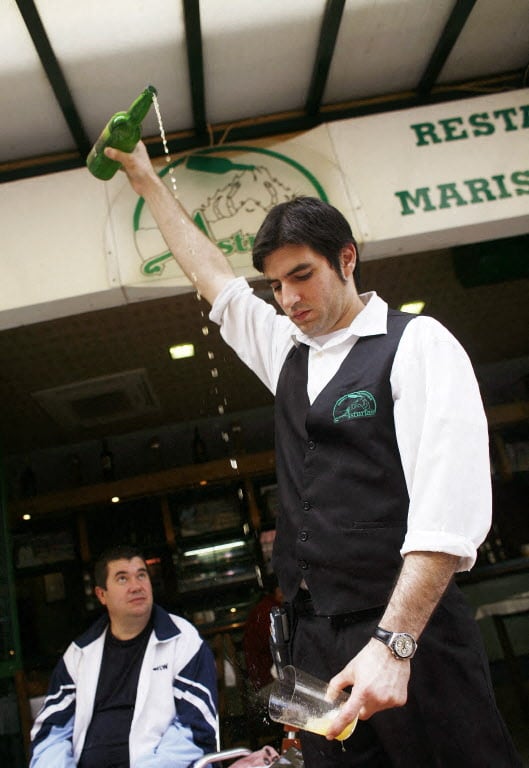
 Please whitelist us to continue reading.
Please whitelist us to continue reading.
Member comments